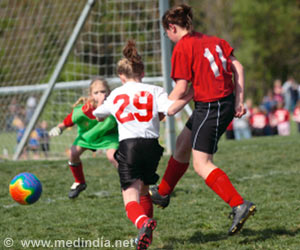Football has continued to evolve. Helmets, for example, have gone from leather to hard plastic shells.

‘The literature on chronic traumatic encephalopathy in college and professional football players seems irrefutable, with reports of devastating outcomes.’





Using the medical records-linkage system of the Rochester Epidemiology Project, each student was observed for about 40 years after participation in high school sports. Among the 296 students who played football, the researchers found:
34 cases of head trauma, 5 cases of mild cognitive impairment, 3 cases of parkinsonism, 2 cases of dementia, 0 cases of amyotrophic lateral sclerosis (ALS).
Among the 190 non-football athletes, the researchers found:
14 cases of head trauma, 4 cases of mild cognitive impairment, 3 cases of parkinsonism, 1 case of dementia, 0 cases of ALS.
Advertisement
This study mirrors a previous Mayo Clinic study of high school athletes who played between 1946 and 1956. That study also found no increased risk of degenerative brain diseases. While football between 1956 to 1970 is somewhat more similar to that of the present era -- including body weight, athletic performance and equipment -- football-related concussions still were minimized as "getting your bell rung," the researchers note.
Advertisement
The researchers point out that high school sports offer clear benefits of physical fitness on cardiovascular health, and some studies also have suggested a possible protective effect against later degenerative brain illness. But the researchers caution that additional studies are needed to explore more recent eras and to involve players who participate at the collegiate and professional levels.
"This study should not be interpreted as evidence that football-related head trauma is benign," the researchers write. "The literature on chronic traumatic encephalopathy in college and professional football players seems irrefutable, with reports of devastating outcomes. However, there may be a gradient of risk, with low potential in high school football players that played in the study period."
In the future, the researchers plan to replicate the study with football players in the current eras.
Source-Eurekalert









